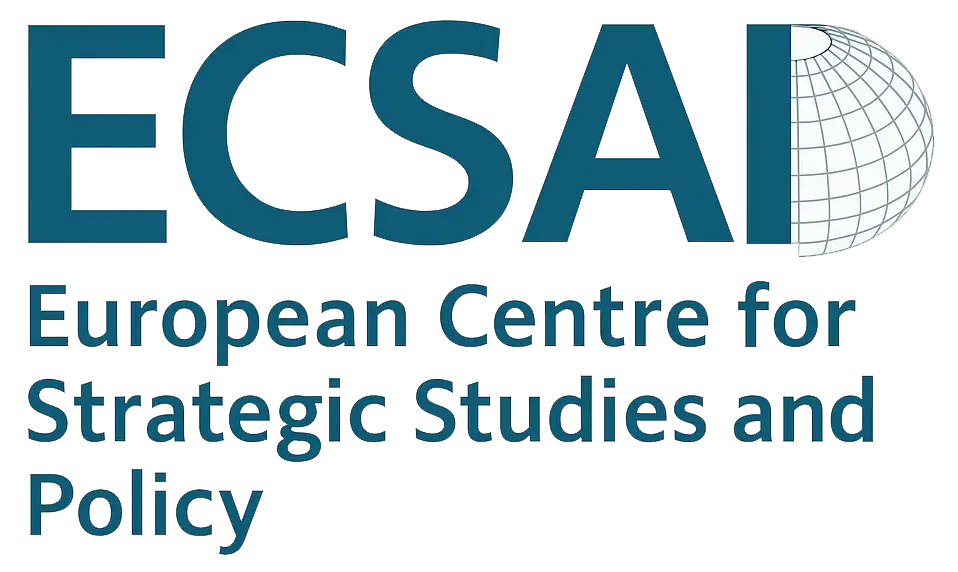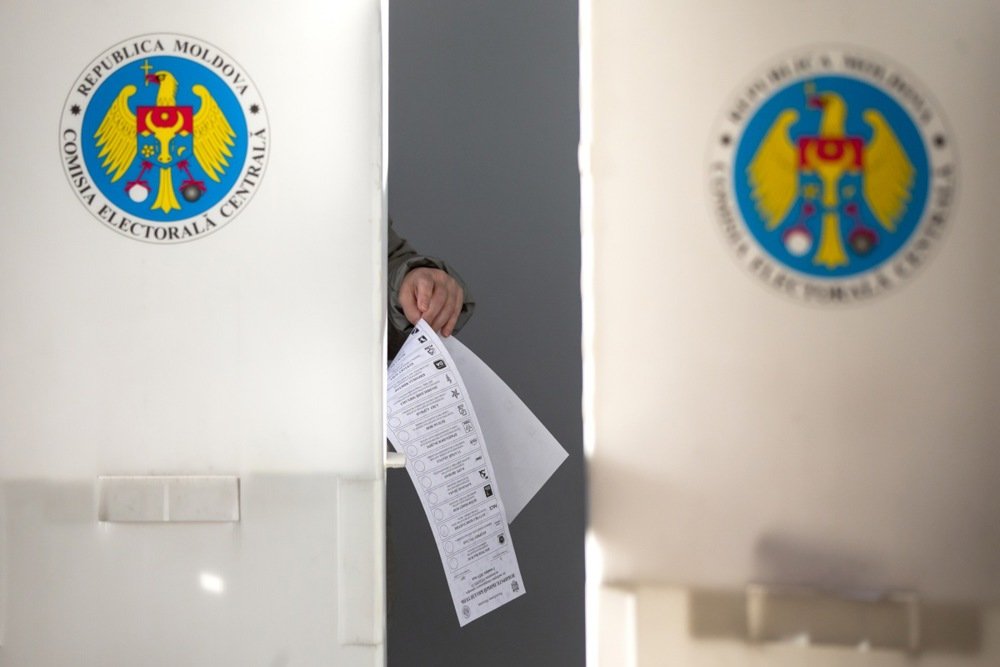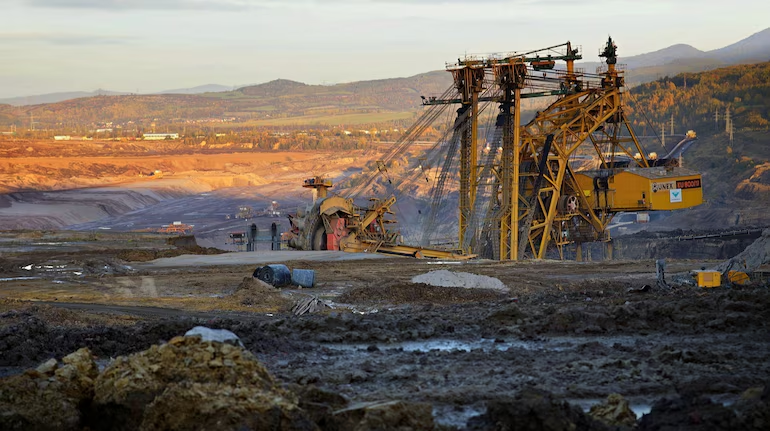
The EU-India relationship bears all the hallmarks of a strategic partnership: two vast markets trading over €120 billion in goods, two diplomatic heavyweights with global ambitions, and two actors with power potential to shape the Indo-Pacific. The communiqués are polished, the dialogues steady. The newly minted EU strategy for India highlights this. Yet beneath the summits and declarations, the relationship seems to lack a shared sense of purpose, leaving it vulnerable to the global headwinds shaped by the US, China and Russia. At its core, both sides have yet to decide what kind of partnership they truly want: trade integration, security cooperation, or geopolitical alignment? Without this shared vision, the relationship sits between ambition and stagnation. As India projects confidence and Europe seeks to act beyond its neighbourhood, the absence of shared purpose risks leaving one of the world’s most important partnerships adrift.
Different lenses, diverging visions
India today is a country of extraordinary ambition. Its leaders speak of becoming a developed power by 2047, with every foreign policy choice filtered through the lens of whether it advances the development of 1.4 billion citizens. This pragmatism explains Delhi’s often contradictory-seeming diplomacy: saving some €15 billion by importing discounted Russian oil while deepening cooperation with the Quad; remaining dependent on Russian arms (which still account for over a third of defence imports) while expanding defence ties with France; actively engaging across the BRICS, the G20, and the Shanghai Cooperation Organisation (SCO). For Delhi, this is not inconsistency but continuity – a modern variant of its long-held practice of non-alignment, reframed today as strategic autonomy, wherein it carefully weighs its interests and partnerships rather than binding itself to a single bloc. The same logic shapes dealings with Europe. While Delhi seeks European technology and capital, it resists measures like the Carbon Border Adjustment Mechanism (CBAM) which it views as thinly veiled protectionism.
In Europe, this approach often seems out-of-step. There is an assumption that shared democratic values should translate into shared strategic choices. Instead, both sides misread one another, especially on Russia and China. For Europe, India’s ties with Moscow seem inconsistent with its democratic identity. For Delhi, Russia is not just a trade partner but a buffer against Beijing. China remains one of India’s two most proximate security challenges (the other being Pakistan, a close Chinese ally), requiring cautious engagement and calculated deterrence. The longer the Ukraine war drags on, the more Russia tilts toward Beijing, making Delhi’s continued engagement with Moscow essential. India’s recent decision to join the Zapad military drills reflects this logic: for Delhi, it was a symbolic gesture to preserve ties with Moscow, similar to other joint drills it has conducted with Russia in the past. Yet Delhi underestimates how this is perceived in Brussels. Similarly, Delhi often underestimates how far Europe’s view of China has shifted. Since branding Beijing a ‘systemic rival’ in 2019, the EU has pursued de-risking to reduce critical dependencies, an approach reinforced by episodes such as Chinese coercion against Lithuania. For Europeans, these were hard lessons. For India, they appeared too little, too late.
These misreadings are exacerbated by two structural barriers: institutional complexity and shallow expertise. To Delhi, the EU often resembles a maze: who speaks with authority, and what happens when Member States diverge? This opacity makes it harder to engage Europe as a single counterpart, pushing India toward bilateral exchanges instead. A thin base of expertise compounds the problem. Europe’s India specialists remain few, and India has likewise underinvested in EU-focused expertise. With so little embedded knowledge, assumptions go unchallenged and misunderstandings persist. Lacking a shared vision, each side projects its own assumptions only to be surprised when expectations go unmet.
The cost of drift
This drift carries costs. Missed opportunities leave both more dependent on China, particularly in clean energy, semiconductors, and critical minerals. The EU still sources virtually all of its rare earths from Beijing. Delhi, until recently, imported over 90% of its solar cells from China, a figure only now reduced to around 56% as domestic production expands. Drift also erodes trust. Europeans remain uneasy about India’s Russia ties, while India questions Europe’s staying power given its entanglements with China. Caution on one side feeds caution on the other, leaving the partnership hesitant precisely when it needs confidence. The damage is both relative and absolute. The US has long been India’s benchmark partner, though even that relationship is beginning to show signs of strain. The EU, however, risks being overlooked if its partnership with Delhi remains in limbo. For India, underperformance with Europe narrows the path to 2047, limiting diversification precisely when reliable partnerships are essential. Continued drift leaves India more exposed to Washington’s unpredictability and to an increasingly entrenched Sino-Russian axis on its doorstep.
Purpose over performance
If the relationship is to mature, it needs less performance and more purpose. That requires a reassessment of approach, not ambition. Four principles stand out that can guide the way forward.
First, coherence. A partnership cannot function without clarity. As long as Europe speaks with multiple voices, Delhi will continue to see multiple Europes, finding bilateral arrangements more fruitful. The optimal scenario is alignment between EU institutions and Member States. But if unity is elusive, clarity is essential: the Commission on trade, France on defence, Germany on industry, and so on. A division of labour may not be elegant, but it is better than leaving Delhi guessing. The EU’s complexity makes it difficult for India to interpret, and even unprecedented gestures such as the visit of the full College of Commissioners in February 2025 remain under-appreciated in Delhi. Without clear signalling, Europe’s biggest efforts risk being lost in translation.
Second, direction and focus. The EU-India partnership does not lack frameworks. The 2025 Roadmap, the Trade and Technology Council, and sectoral dialogues all provide structure. What is missing is a clear sense of shared priorities. Narrowing the agenda to a handful of deliverables, starting with the long-promised Free Trade Agreement (FTA) and other areas of shared urgency such as semiconductors, clean energy, and critical minerals, would provide clearer momentum. The recent EU-India Joint Communication signals intent, but its prospects remain to be tested. Past experience shows that initiatives have often delivered breadth but struggle with outcomes. In this context, prioritisation is not a luxury but a prerequisite.
India’s choices on Russia, China, and energy are more pragmatic than ideological.
Third, realism. Strategic autonomy is not a betrayal of trust. India’s choices on Russia, China, and energy are more pragmatic than ideological. Europe must engage with these realities, just as India must take seriously European concerns about credibility and trust. Realism, on both sides, is essential to build confidence. For the EU, that means recognising that while Ukraine is existential, India operates in a strained security environment that dictates its choices. For India, it means proving that strategic autonomy does not equal unreliability.
Fourth, expertise. The EU-India relationship still suffers from shallow understanding and underinvestment in human capital. Careers in EU–India policy remain rare and people-to-people exchanges limited. Building expertise through research, professional pathways and sustained exchanges is vital if the partnership is to move beyond its current ceiling.
The EU–India relationship is constrained less by indifference than by incoherence. The frameworks exist, the rhetoric is polished, the meetings are frequent. The risk is not collapse but stagnation: a partnership that works sufficiently well to avoid crisis, yet not clearly enough to realise its potential. Without greater focus and coherence, it risks remaining a partnership of power without purpose. A cautionary tale of ambition adrift in ambiguity.






